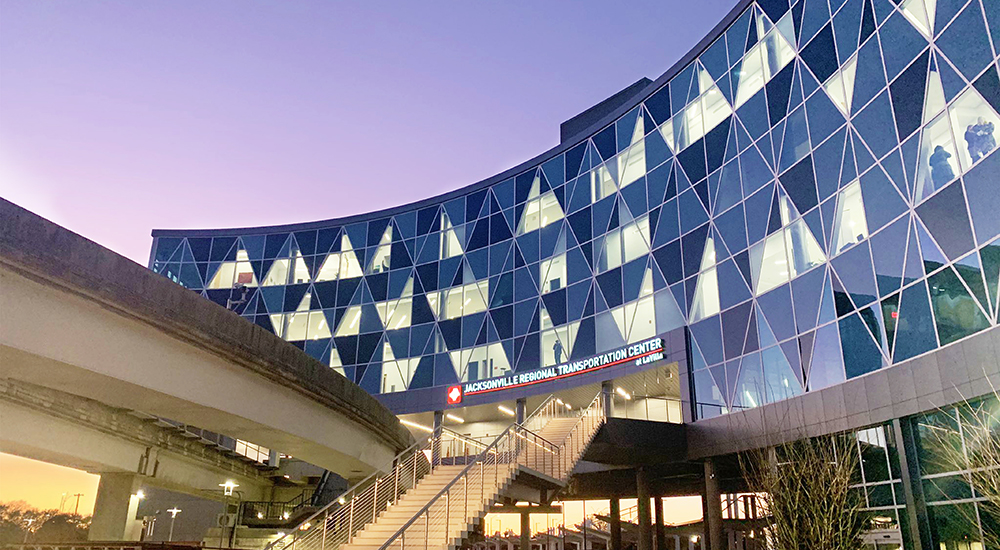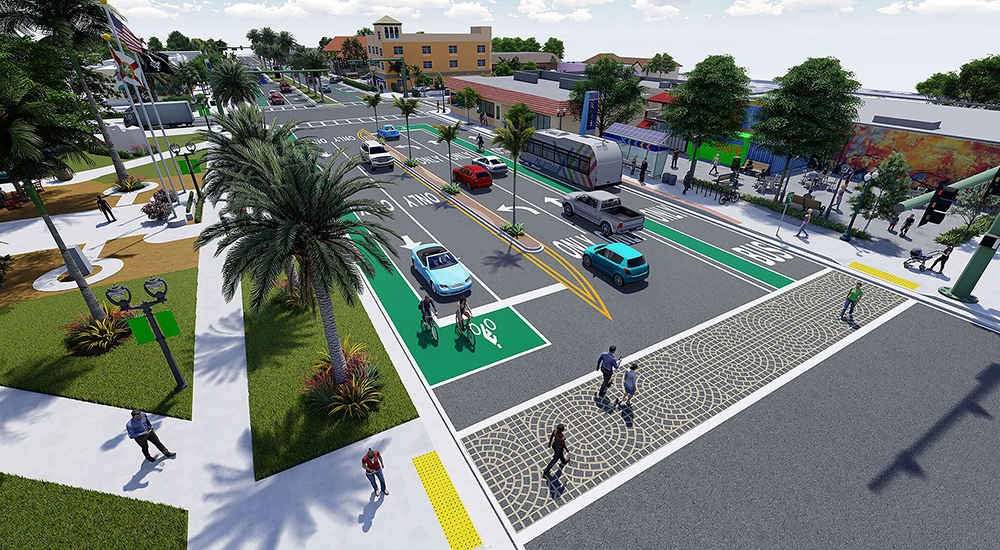Dougherty Leads Growth in Western U.S.
Malcolm Dougherty, P.E., stepped into his new role as Michael Baker International’s Director of the West Region with a focus on the future. He is working toward growing the company’s services to meet the needs of diverse clients, from Arizona to the Pacific Coast, now and for years to come.
The California-based leader brings a wealth of experience to the role. He previously served as the company’s National Practice Executive, and, prior to joining Michael Baker, served as the Director for the California Department of Transportation (Caltrans). To get to know Mr. Dougherty better, we asked him to share insights on external forces impacting the industry, strategies for more resilient infrastructure and how his past experiences prepared him for today.
What do you see as some of the main issues facing clients, and how are they impacting design solutions?
Aging infrastructure, the ability to secure steady funding and incorporating resilience all rise to the top as significant issues or concerns.
Flexibility in how we fund and deliver solutions will be key to overcoming these challenges and accomplishing goals. Working together through strong partnerships between state and federal governments on public sector infrastructure investments will be important as well. Overall, our industry needs to be nimble, plan for the future and remain forward-thinking on what our infrastructure can look like 50 years from now.
Communities in the West are particularly battered by extreme weather events. What proactive measures should we consider to guard against these threats?
We can’t combat the long-term impacts of climate change without addressing several fronts at the same time. We need to look at reducing the carbon footprint of our systems, including emissions, shifting mobility networks to zero emissions, and supporting electrification through investments in electric charging infrastructure and distribution.
Then, as severe weather, drought, fire and sea level rise occur, we need to plan and design our infrastructure to anticipate and avoid disruption. Strategies include hardening, elevating or retreating from the coastline. Western states are already responding seasonally to inundation, washouts and slides, severe fire seasons that must be addressed in planning, and by constructing and managing the transportation network going forward.
In short, plan and incorporate resilience into our designs for long-term network continuity.
What are the advantages of Michael Baker’s multidisciplinary services, versus engineering-only firms?
Michael Baker offers the full continuum of services to our clients. From advising on funding sources to delivery methods and innovative solutions, we help connect communities and provide critical infrastructure that improve lives and enhance economic vitality.
By providing a full range of diverse services, we bring a complete perspective to our clients and offer insights and solutions informed by a knowledge of future phases of work. This also can create a continuity of service, which can lead to expedited delivery.
How will technology play a role in catapulting our aging transportation infrastructure into the next generation?
How we pay for travel, the autonomy that will become more prevalent, and even the use of technology that may reduce the necessity of travel are all impacting the future of our transportation systems.
The key will be ensuring the application of technology is focused on the user’s needs—safe, convenient, accessible and diverse mobility options. Technology will put greater amounts of information at our fingertips and make the transportation system more environmentally friendly. We will see consolidated payment methods for multimodal systems, autonomous and connected vehicles and greatly enhanced system management across all modes for more efficiency in the movement of goods and services.
What advice would you give young engineers?
Gaining a broad base of experience early on greatly benefited me throughout my career. As a young engineer, I participated in a rotation program that introduced me to highway design, construction management and hydraulics—all of which allowed me to learn every day about the technical side of the craft, understand the bigger picture and see how the work fit into a larger objective or program.
In the middle of my career, I served as a manager of a design office, learned project management and ultimately gained expertise in program management. Together, these experiences prepared me to serve as a District Director and ultimately Director of Caltrans. In my private-sector career, I have had the opportunity to play a role in business development and client management and am now overseeing the operations of a multidisciplinary workforce of professionals. I never shied away from a challenge, and every step has led to greater and greater rewards.




